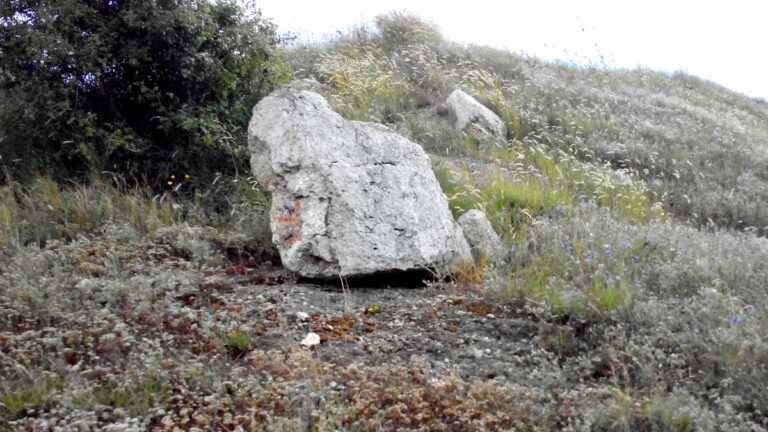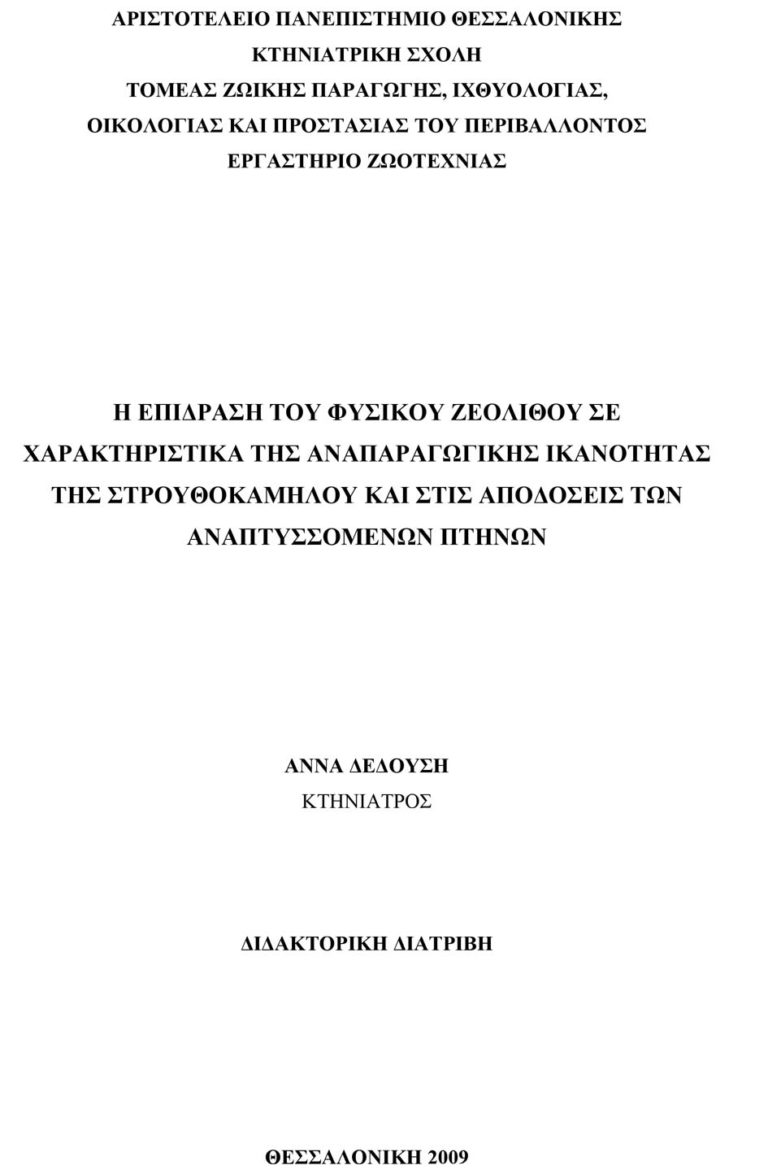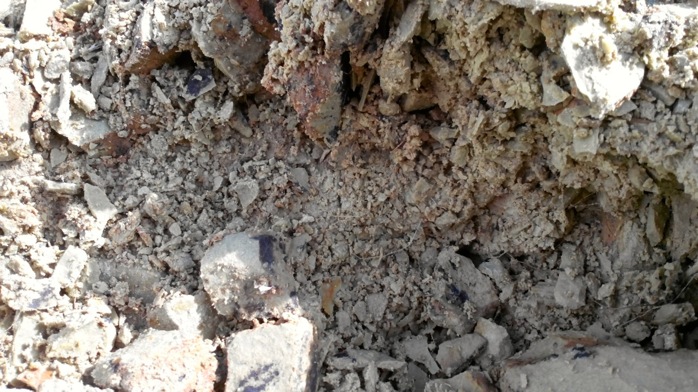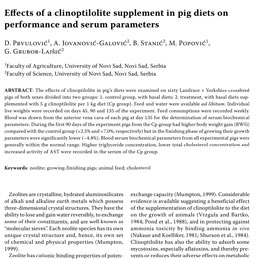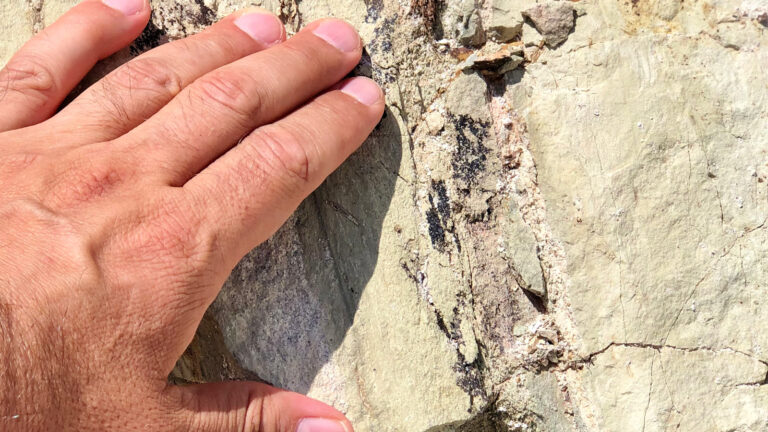Gerald C Sharon – University of Minnesota Twin Cities, Pao K Ku – Michigan State University, E R Miller, M T Yokoyama
Abstract
Growth, nutrient balance, plasma ammonia levels and urinary p-cresol excretion were evaluated in growing pigs fed diets containing various levels of zeolite A or clinoptilolite. In one growth trial, crossbred pigs averaging 25 kg initial body weight were assigned to diets containing no zeolite, .3% zeolite A or .5% clinoptilolite for a 6-wk growing phase trial. Average daily gain (ADG), average daily feed intake (ADF) and feed/gain (F/G) were unaffected by supplementation of either zeolite in the diet, but metabolizable energy (ME) utilization was improved by feeding diets containing either zeolite. A second growth trial utilized the same crossbred pigs, which averaged 65 kg initial body weight, and were assigned to diets containing no zeolite, 1% zeolite A or 5% clinoptilolite for an 8-wk finishing phase trial. Average daily gain, ADF, and ME utilization were unaffected by feeding either zeolite diet, while F/G was increased in pigs fed the diet containing 5% clinoptilolite. In two nutrient balance trials, 16 crossbred pigs averaging 7.5 kg in initial body weight were fed diets containing 0, 1, 2 or 3% zeolite A in one trial and 16 crossbred pigs averaging 7.0 kg initial body weight were fed diets containing 0, 2.5, 5.0 or 7.5% clinoptilolite in a second trial. In both trials, digestible energy, ME, N-corrected ME and ME corrected for N balance and zeolite levels were linearly reduced as increasing amounts of either zeolite were fed. Daily fecal N increased and apparent digestibility of N was linearly reduced by feeding increasing amounts of zeolite A or clinoptilolite. Biological value of protein was improved linearly as higher levels of zeolite A were fed, indicating that there may be some ammonia binding to zeolite A in the gastrointestinal tract. Net protein utilization was reduced by feeding increasing levels of clinoptilolite in the diet. Calcium, P, Mg, Na, K and Fe retentions were linearly reduced by feeding increasing amounts of zeolite A in the diet, while increasing levels of clinoptilolite caused only P retention to be linearly reduced. Both free and conjugated forms of urinary p-cresol were linearly reduced by feeding increasing levels of clinoptilolite. Plasma ammonia levels were reduced at subsequent bleedings after a meal and by increasing levels of clinoptilolite.
Effects of Zeolite a or Clinoptilolite in Diets of Growing Swine (PDF Download Available). Available from: researchgate.net [accessed Sep 24, 2017].
